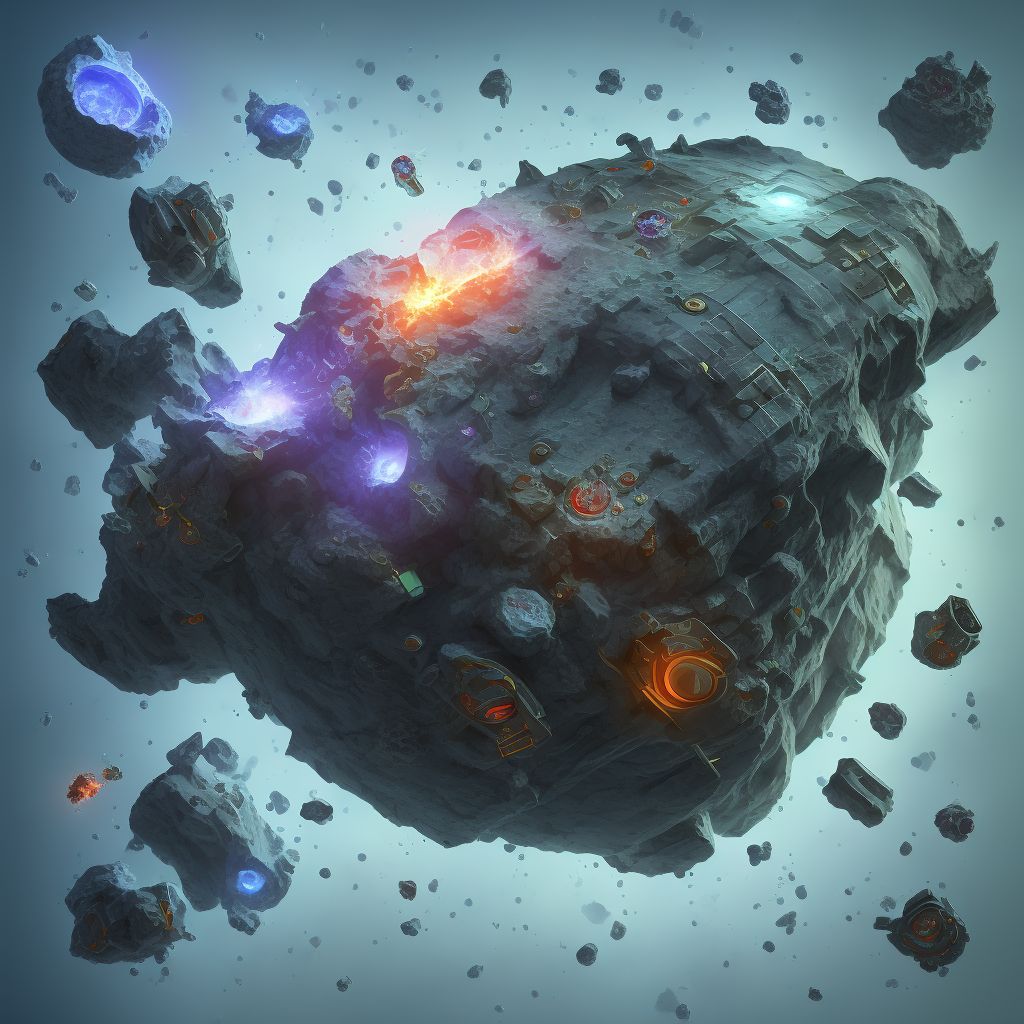
Displaced oblique fracture of shaft of left fibula, subsequent encounter for open fracture type IIIA, IIIB, or IIIC with delayed healing Save
ICD-10 code: S82.432J
Disease category: S82.432: Displaced oblique fracture of shaft of left fibula
Displaced Oblique Fracture of Shaft of Left Fibula: Understanding Subsequent Encounter for Open Fracture Type IIIA, IIIB, or IIIC with Delayed Healing
A displaced oblique fracture of the shaft of the left fibula is a serious injury that can have long-term effects on an individual's mobility and quality of life. In some cases, the fracture may be classified as an open fracture type IIIA, IIIB, or IIIC, indicating varying degrees of severity and potential complications.
When a patient with this type of fracture seeks medical attention after the initial treatment, it is considered a subsequent encounter. The purpose of this article is to shed light on the concept of subsequent encounters for open fractures and the possibility of delayed healing.
During a subsequent encounter, healthcare professionals assess the progress of the fracture's healing process, identify any complications, and determine the best course of action moving forward. It is essential for these professionals to monitor the patient's condition closely, as open fractures can be prone to infection and other complications.
In cases where delayed healing occurs, the bone takes longer than usual to repair itself. This can be attributed to several factors, such as infection, poor blood supply, inadequate immobilization, or other underlying medical conditions. The delayed healing of an open fracture requires careful evaluation and potentially additional interventions to promote optimal healing.
- Thorough assessment: Healthcare providers perform a comprehensive evaluation to determine the factors contributing to delayed healing. This assessment may involve physical examinations, imaging studies, and laboratory tests.
- Management of complications: If complications such as infection or poor blood supply are identified, appropriate treatment measures are taken. This may include the administration of antibiotics, wound debridement, or vascular interventions.
- Follow-up care: Patients with delayed healing require regular follow-up visits to monitor their progress and make any necessary adjustments to their treatment plan. Close collaboration between the patient and healthcare team is crucial for successful healing.
In conclusion, a displaced oblique fracture of the shaft of the left fibula, subsequent encounter for open fracture type IIIA, IIIB, or IIIC with delayed healing, requires careful management and close monitoring by healthcare professionals. By understanding the concept of subsequent encounters and the potential for delayed healing, healthcare providers can provide optimal care to patients with these complex fractures.
Treatment of Displaced oblique fracture of shaft of left fibula, subsequent encounter for open fracture type IIIA, IIIB, or IIIC with delayed healing:
Treatment Options for Displaced Oblique Fracture of Shaft of Left Fibula with Delayed Healing
A displaced oblique fracture of the shaft of the left fibula is a serious injury that requires proper treatment to ensure complete healing. When the fracture doesn't heal as expected, it is referred to as delayed healing. In such cases, specific treatment options need to be considered to p...
To see full information about treatment please Sign up or Log in